What Are Leaf Miners?
Leaf miner is a term used to describe the larval stage of a variety of moths, wasps, beetles, and flies that feed on the soft tissue sandwiched between the top and bottom layers of leaves. They leave a distinctive white, gray, or clear zigzag pattern of dead tissue in their wake, which makes their presence easy to identify. You may be able to observe their excrement, which appears as a tiny dark spot at the end of one of their trails.
Larvae make two types of mines. The blotch leaf miners make tunnels that start as narrow trails but which turn into irregularly shaped patches of skeletal tissue. While the serpentine type miners leave tunnels that snake along the leaf, often following the veins. Leaf miners can do such extensive damage that their trails overlap and appear as spots or patches, which causes some to misdiagnose the problem as sun scorch or various kinds of plant diseases.
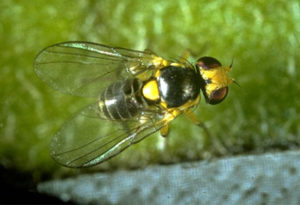
Adult insects lay their eggs on the leaves of a wide variety of plants, regardless of whether their condition. There are different species of leaf miners, each preferring one to two kinds of plants. I’ve had leaf miners in my basil, acorn squash, okra, and butternut squash plants, but all plants, shrubs, and trees are susceptible to them. When the eggs hatch, the 1/5″ to 1/8″ long maggot-like larvae tunnel into the leaf to find nourishment.
Life Cycle of Fly Leaf Miners
In spring, mature larvae emerge from the soil where they have been overwintering. The warm temperatures signal the larvae to begin to pupate. Once the adult flies emerge and mate, the females will lay up to 250 eggs in the soft tissue between the upper and lower portion of the leaves. You may be able to observe the tiny eggs that appear as raised spots on leaves. After a period of about ten days, the eggs will hatch, and the larvae will tunnel or mine into the leaf tissue where they will feed for about two to three weeks. Afterward, they will fall to the soil where they will tunnel beneath the surface and transform into pupae. Two weeks later, the adult flies, which are typically 1/10″ long with yellow stripes and clear wings, will emerge. The cycle will repeat itself several times in a year.
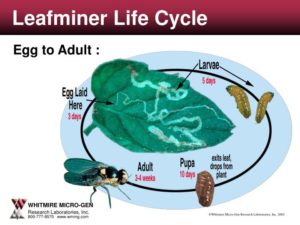
Damage
Although leaf miner damage is unsightly, it generally does not create a problem for the plant. If it gets out of hand, however, leaf miners can lessen the plant’s productivity and hardiness so that the weakened plant is susceptible to disease. Leaf miners are a bigger problem if the plant is small or if the leaves are to be eaten, as is the case for spinach and kale.
Sometimes, abandoned miner tunnels are points of entry for pathogens like fungi and bacteria, which can cause leaves to turn yellow and die.
This article contains affiliate links. If you make a purchase using one of these links I will receive a very small commission at no additional cost to you, and it will help me maintain this website. Rest assured, I only recommend products I actually like!
How to Prevent Leaf Miners
To prevent leaf miners, remove plant debris from your garden so they have no where to hide. Also, make sure your plants are healthy. Leaf miners attack healthy and unhealthy plants, however, if your plants are healthy they have a better chance of surviving a leaf miner attack.
Another way to prevent infestation is to wrap your plants with row covers, especially crops like spinach and kale. Even if you are gardening in containers you can still purchase row cover fabric and customize the size to fit the size of your container. This will prevent the female insects from accessing your plants to lay their eggs.
The down side to this method is that if you have leaf miners in the soil and you cover the plants, the covers will trap them in with the very plants you are attempting to protect.
Routinely check your plants for evidence of leaf miners. Seedlings, in particular, are a leaf miner favorite, especially the first true leaves that appear.
Once you observe signs of leaf miners in your garden, determine which treatment steps you should take.
How to Treat Leaf Miners Organically
Smash the Larvae
When you first observe leaf miner damage, smash the area between your fingers to kill the larva. Try not to injure the leaf if possible. If the mining is too extensive, remove and destroy the leaf. Do not compost it.

Spray the Larvae
Neem oil will disrupt the life cycle of the larvae, preventing them from reaching adulthood and reproducing. It is also an antifeedant. There are several different variations of this recipe available online. For example, mix 1 to 2 teaspoons of cold pressed, pure neem oil (this is the one I use) in one quart of water. Add a few drops of a chemical-free soap, like this Castile soap that I use. Mix well.
Do a test spray on one leaf. Wait 24-48 hours to see if the leaf is adversely affected. If so, adjust the dosage and retest. Wait until the early morning or early evening, and spray both sides of the leaves covering, but not saturating them. Do not spray during the day as the sun and oil combined could burn your plants.
Re-spray every three days, then weekly if the infestation remains. Neem is safe and will not harm bees or other beneficial insects.
Insecticidal soap can be purchased, but it often has unwanted ingredients. You can make your own for a fraction of the cost, and it will be 100% organic. Mix 2 teaspoons of an organic vegetable oil of your choice, with 1 teaspoon of Castile soap, and 2 cups of water. Mix well. Do a test spray on one leaf. If there is no damage after 24-48, spray the remainder of the plant, making sure to cover both sides of the leaves with a light coat, but do not saturate. Spray once a week until the problem is resolved. You can reapply if rains wash it off. (This is the sprayer I use.) Do not spray during the day as it could burn your plants. This mixture can be stored in a dry, cool location for a few months.
Peppermint spray is used by many gardeners as a natural but effective way to deter insects. Mix 16 drops of peppermint oil (this is the brand I use) in 32 ounces of water. Add a few drops of dish soap, like Castile soap, and shake well. Be sure to do a test spray. If the leaf is not adversely affected, spray both sides of the leaves early in the morning or later in the evening. Cover, but do not saturate the plant. Repeat every week as needed. Do not spray during the day as the sun and oil combined could burn your plants.
Introduce Beneficial Insects
Use the leaf miners’ natural enemies to your advantage by introducing them into your garden. For example, Diglyphus isaea are small black wasps that lay their eggs in the leaf miner, which kills it. When the wasp’s eggs develop into larvae they feed on the dead leaf miner. Other wasps that are also effective are Diglyphus begini and Chrysocharis parksi.
Green lacewings can also be introduced into your garden. These insects also feed on leaf miner larvae.
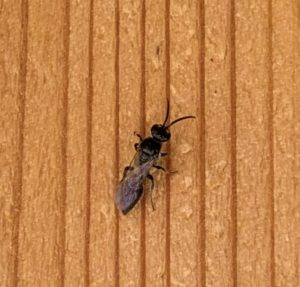
Do not use sprays to combat the leaf miners if you have introduced beneficial insects into your garden, as this will kill them.
Use Sticky Traps
Blue sticky traps are available for purchase. Both thrips and leaf miners are said to be attracted to the color. Follow the directions on the package.
Plant a Trap Crop
Leaf miners are attracted to columbine, lambsquarter, and velvetleaf. You can plant these among the other plants in your garden as a way to lure the miners away from your desired crops to feed on these sacrificial crops.
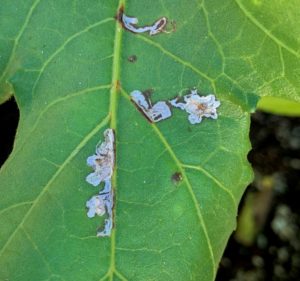
Spinosad?
Spinosad is an insecticide that is approved to treat leaf miners. It is derived from spinosyn A and spinosyn D, compounds that are produced by microbes. It is poisonous to insects that eat the treated plant but is not supposed to harm those that merely come into contact with it, as long as the spray has dried. However, it can be very toxic to honey bees and beneficial insects, like parasitic wasps,[1] if they come into contact with the spray within three hours after spraying. Therefore, it is recommended to use this spray in the evening when the bees are not present.
While it is widely used as an “organic” treatment, there is still some toxicity to certain species. For example, it is said to be “relatively” non-toxic to mammals and beneficial insects[2] and ranges from “practically non-toxic to moderately toxic” for certain species of fish and aquatic invertebrates. It ranges from non-toxic to slightly toxic in birds and moderately toxic to earthworms.[3] Furthermore, it is recommended that you don’t use Spinosad more than ten times per year.[4]
Prescription Spinosad is used topically in humans as a treatment for lice, however, there are side effects associated with its use.[5]
Personally, I would not use Spinosad to treat leaf miners as there are other effective treatments available that are completely safe to use.
Leaf miners are very common in large and small gardens. Often they do not require treatment as their natural enemies help keep them in check. However, should you find the problem worsening, you now have several steps you can take to protect your garden.
Note: If you found this article to be helpful, please share it with someone you think might be interested in it as well. Thank you!
[1] https://www.tipsbulletin.com/homemade-leaf-miner-spray/
[2] http://www.livingwithbugs.com/spinosad.html
[3] http://npic.orst.edu/factsheets/spinosadgen.html
[4] https://www.tipsbulletin.com/homemade-leaf-miner-spray/
[5] https://www.drugs.com/cdi/spinosad.html
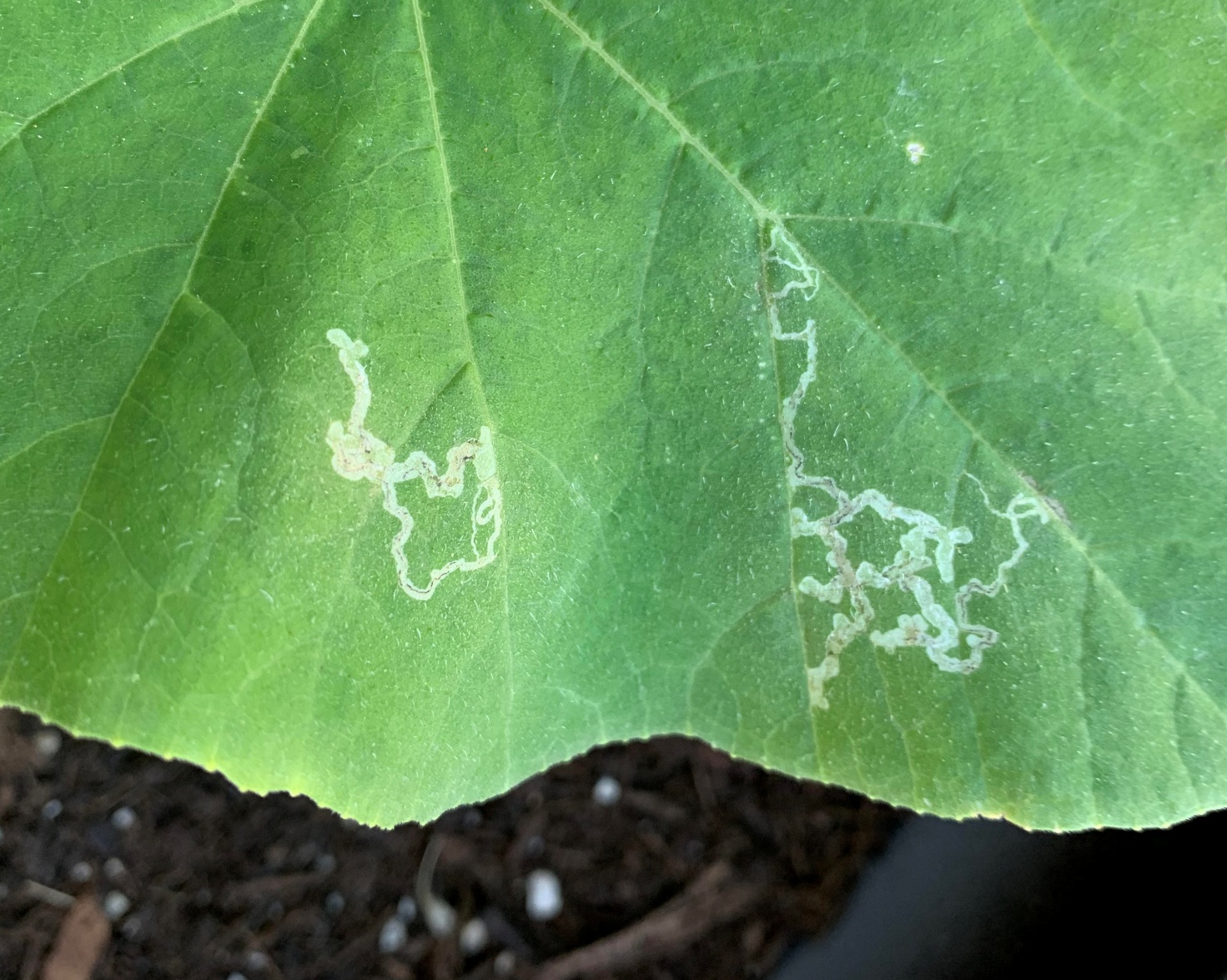
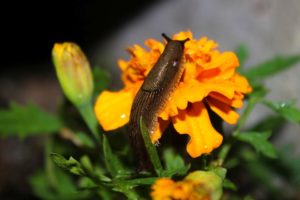
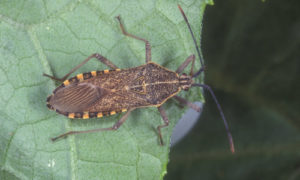
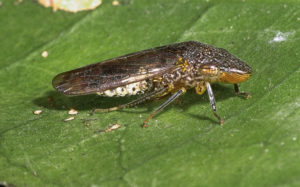
This is the most informative and useful article on the internet on leaf miner control. Thank you so much!!
Thanks, Karen!